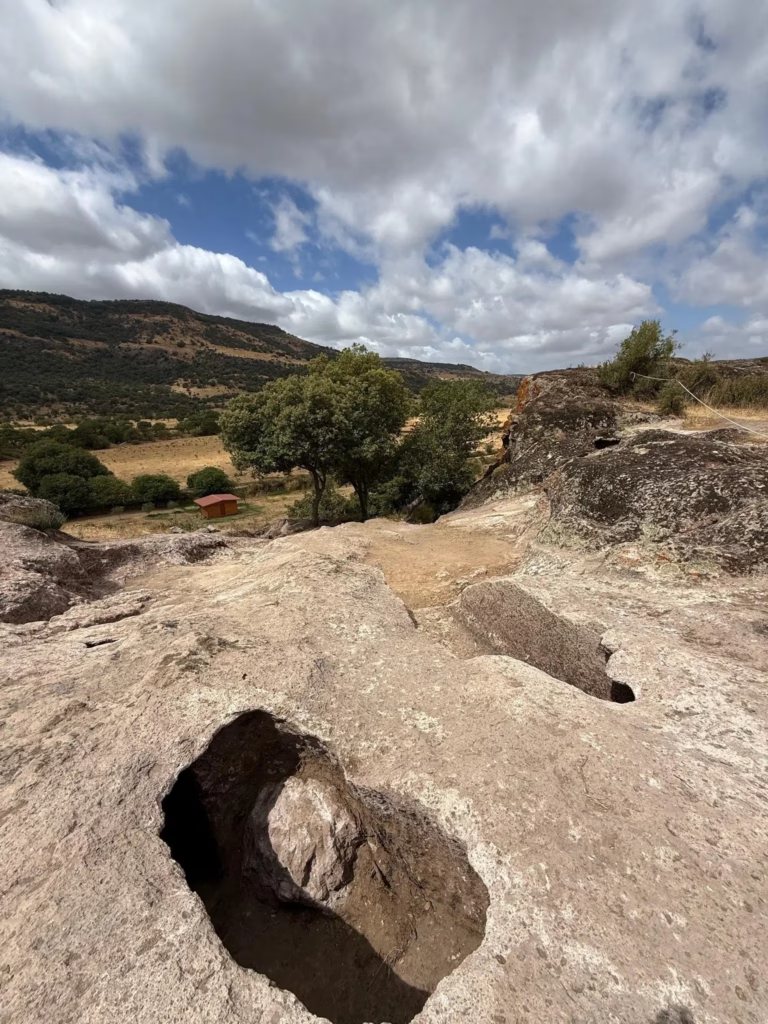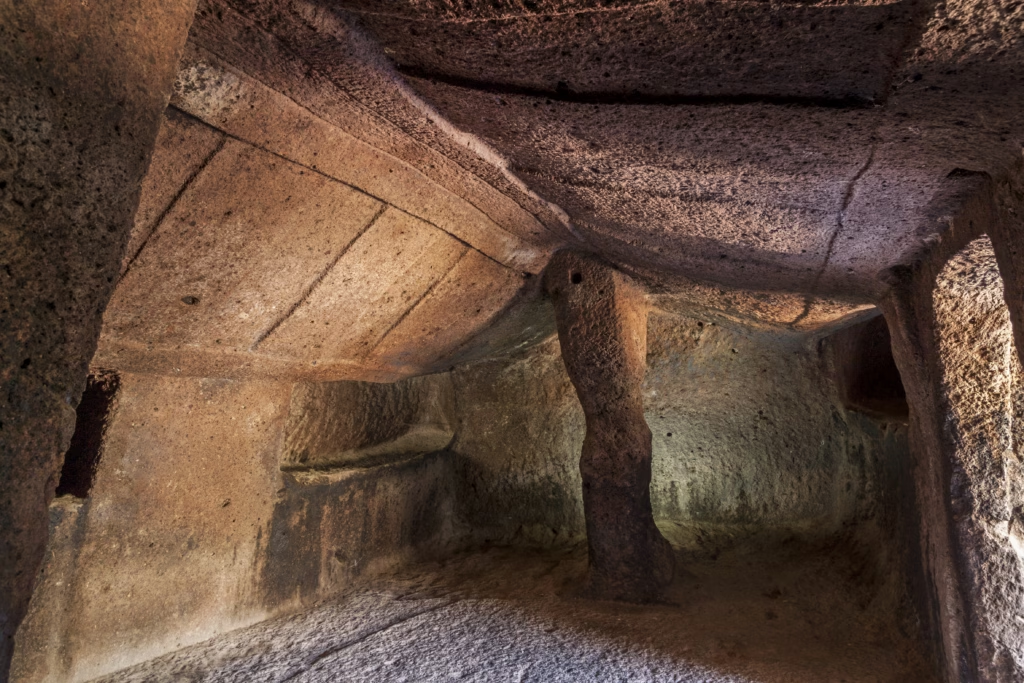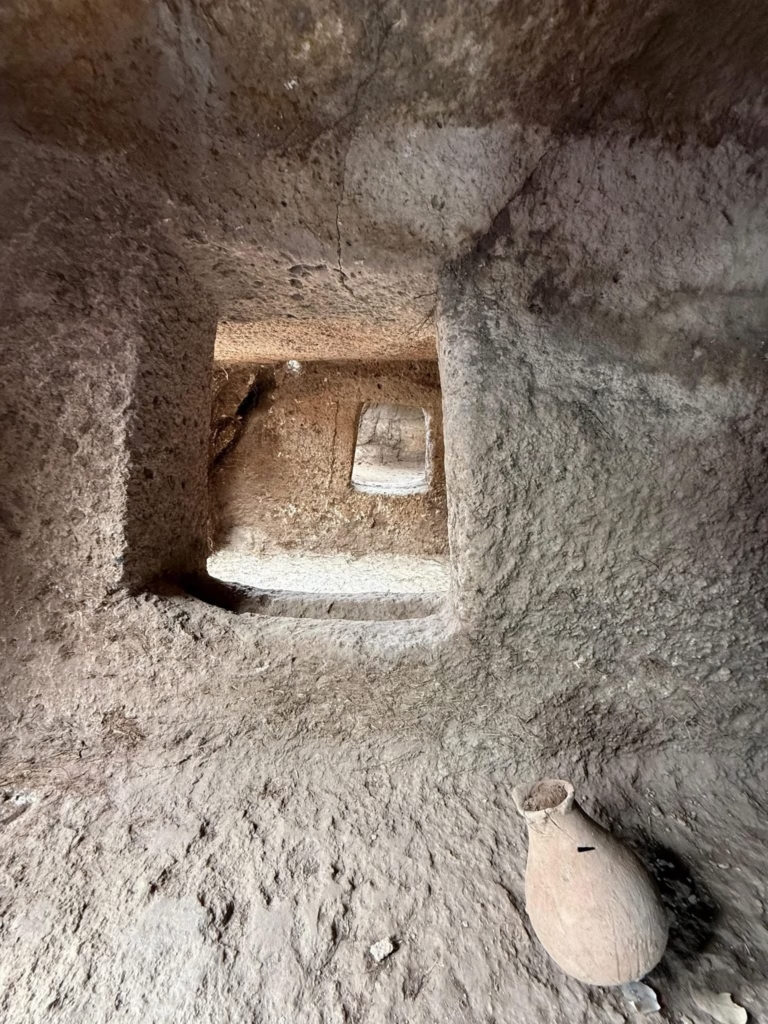In a stunning archaeological breakthrough, three newly uncovered tombs have expanded one of the Mediterranean’s most culturally significant prehistoric burial sites—the necropolis of Sant’Andrea Priu in northern Sardinia. These subterranean structures, known as Domus de Janas or “Fairy Houses,” bring the total number of tombs at the site to 20, offering fresh insights into burial customs and architectural brilliance between 3400 and 2700 BCE.
A World Heritage Legacy Unearthed Anew
This latest discovery comes on the heels of global recognition: the Domus de Janas have recently been granted UNESCO World Heritage status, cementing their place as the largest and most artistically rich expression of rock-cut funerary architecture in the western Mediterranean. Carved into solid rock by the Late Neolithic Ozieri culture, these tombs mimic the layouts of prehistoric homes—complete with false doors, beams, and even symbolic hearths. The walls were once adorned in red ochre and etched with sacred spirals, horned motifs, and zigzag lines meant to guide the deceased through the afterlife.

Tombs XVIII–XX: A New Chapter in a 5,000-Year Story
Archaeologists from the Italian Ministry of Culture unearthed the three new tombs during a targeted excavation between two previously known burial chambers. Arranged like rays around the Tomb of the Hearth, the new discoveries are remarkable in both their diversity and their preservation.
- Tomb XVIII features a dromos (stone-lined corridor), a hearth carved in relief, and a greenstone axe among other grave goods, pointing to ritual significance.
- Tomb XIX, smaller and more intimate, contains ceramic fragments and a miniature jar in its circular chamber—possibly child or female-focused in use.
- Tomb XX, now dubbed the Tomb of the Roman Vases, includes seven distinct cells branching from a central antechamber. A decorative painted band survives on the wall, and over 30 ceramic artifacts from the Roman Imperial period were recovered—suggesting reuse of the tomb more than 2,000 years after its construction.

From Neolithic Spirits to Roman Reverence
While originally carved by Sardinia’s pre-Nuragic peoples as homes for the dead, the Domus de Janas remained in spiritual use across millennia. Romans repurposed these ancient tombs for burial, and early Christians followed suit, adding their own iconography to walls that had already witnessed 3,000 years of ritual history.
Archaeologists say the interweaving of cultural eras within the same sacred space is what makes Sant’Andrea Priu exceptional. Here, the dead did not merely rest—they migrated through civilizations.

Excavations to Continue Through 2026
With fieldwork set to resume this fall and extend into 2026, researchers hope to discover more about both the original builders and the later societies that reused these spaces. The necropolis, which already includes one of the Mediterranean’s largest subterranean tombs—the Tomb of the Chief with 18 rooms—may yet have more secrets to share.
Source: The History Blog





